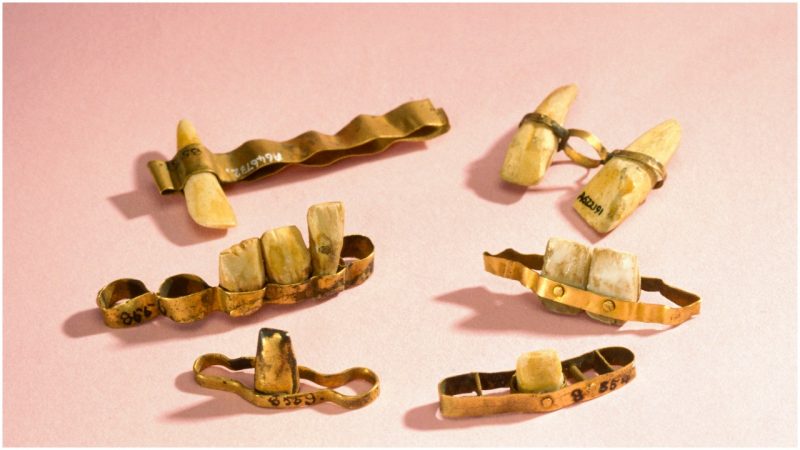The advent of farming saw an increase in the levels of tooth decay in our ancestors, this could be related to the change in diet and the explosion in population that followed the settling of tribes from hunter/gatherer to farmer.
While there is speculation around why tooth decay became so prominent, there is mounting evidence that dentistry techniques followed not long after.
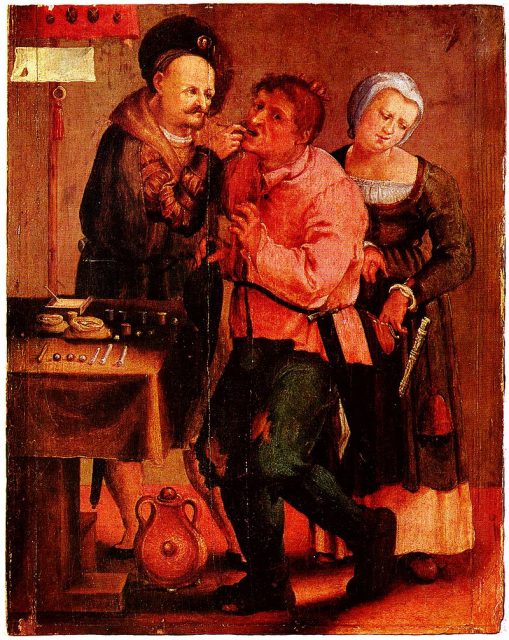
In fact, dentistry may be older than the wheel and the written word.
In Pakistan, scientists have discovered a Neolithic grave from between 9,000 and 7,500 years ago where there is evidence of a dental drill, called a bow drill, having been used on the molars of nine different individuals at the burial site.
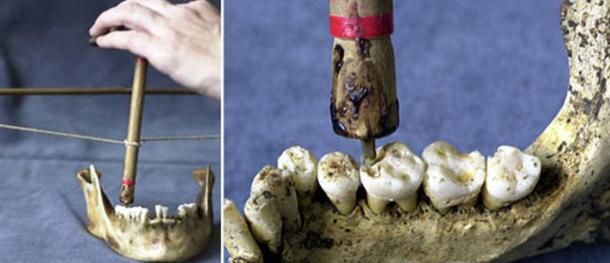
This drill is still used today by some indigenous communities.
One recent study from the International Centre for Theoretical Physics in Trieste, Italy has discovered that a 6,500-year-old human jaw bone, which was unearthed over 100 years ago in Slovenia, has a cap made of beeswax which was attached to the tooth during the lifetime of the person; as the BBC reports “Beeswax would have made a reasonably good filling material.

That’s because it is soft and easy to work when warmed but becomes solid at human body temperature. It also has the added benefit of antibacterial and anti-inflammatory properties.”
From the ancient Egyptians, we have the first written evidence of dental practice in the Edwin Smith papyrus from around 3,000 B.C.
These ancient writings provide examples of how early physicians treated and healed mouth wounds along with offering other general medical advice.
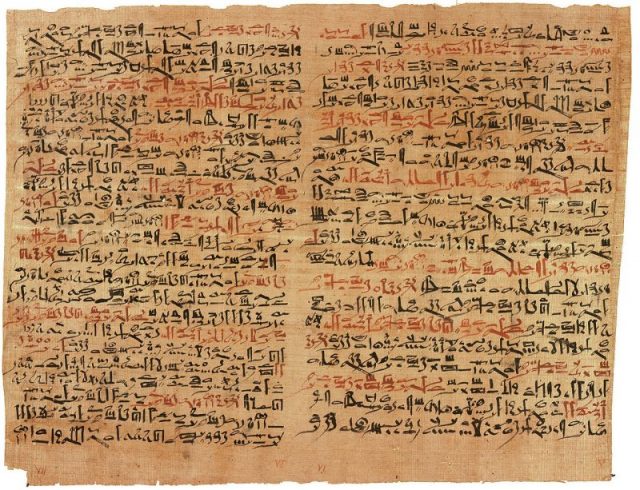
There is also evidence that the ancient Egyptians invented the first toothpaste, a recipe that included rock salt, black pepper, flowers, and mint.
We also get the oldest named ‘Chief of Toothers’ from this period; Hesy-Re, who was also the surgeon general to Pharaoh Djoser and was the first person to recognize the symptoms of gum disease.
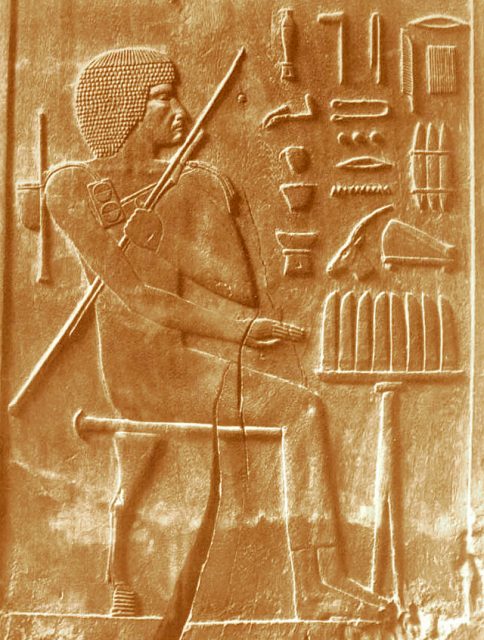
The ancient Greeks tended to be more stoic in their approach to dental care, which involved simply praying to the gods and hoping for the best.
It was Hippocrates in around 300 B.C. who was the first Greek to describe the process of tooth extraction and cauterization rather than relying on prayer.
During this time, Claudius Galen, another medical practitioner, discovered that teeth were made of bone with nerves inside; before this discovery, the accepted knowledge was that the nerves were worms that needed to be removed to cure a toothache.
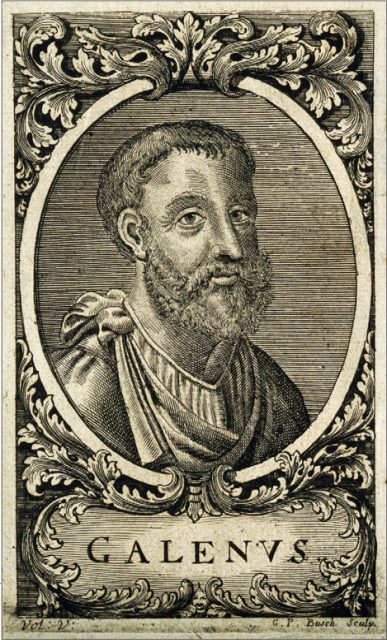
The Etruscans, ancient peoples from the Italian peninsula, were developing advanced dental techniques long before anyone else, archaeologists have found remains that show advanced dental practices such as tooth removal and denture fixtures using gold bands and real teeth from animals or other humans.
The Etruscans even worked out how to seal exposed nerves and cavities using hot metals, something that must have been excruciatingly painful, to protect a tooth against the elements.
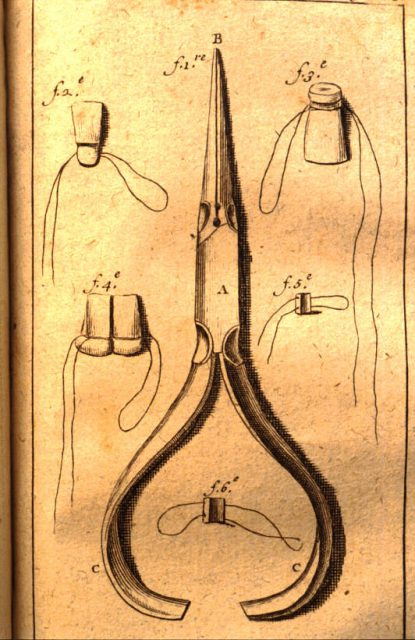
The Romans, having conquered and assimilated the Etruscans, turned dentistry into a profession.
There are many surviving manuscripts discussing the correct way to remove a tooth and, in the Forum, there is evidence of a highly skilled dental practice which also stocked pain relief medicines.
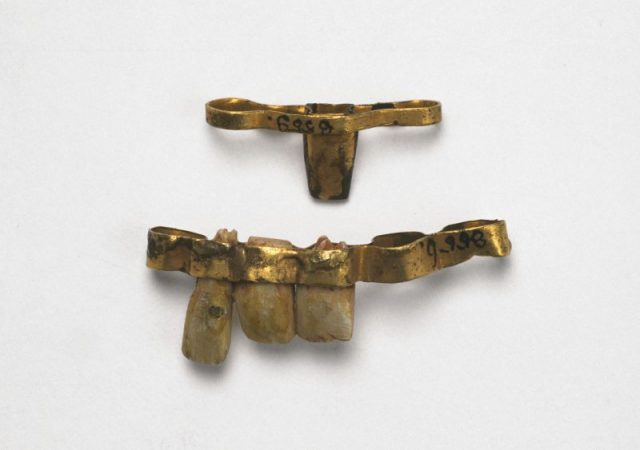
As reported by Forbes magazine, “although the Romans had poor dental hygiene, they did have skilled dentists to relieve their pain and prevent further infection by extracting their teeth.”
Pain relief was mostly done using honey and herbs and, in some cases, such as cloves, these ancient remedies can still be relied on today for short-term relief.
Pliny the Elder of Rome, however, describes a treatment involving burning a wolfs head or a pig’s trotter and rubbing the ashes on the offending tooth.
The Egyptians also had a remedy which was essentially the sliced in half carcass of a dead mouse.
The Aztecs preferred chewing on a chili pepper as this would numb the area and in Peru, they would chew on coca leaves to relieve a toothache.
Read another story from us: What Did People Use Before Toilet Paper?
Dentistry has come a long way since its first tentative steps, and thankfully pain relief has grown along with it.
